Project Force: Is India a military superpower or a Paper Tiger?
After decades of under-investment, India’s military forces have been in decline, but it isn’t all bad news for the country.
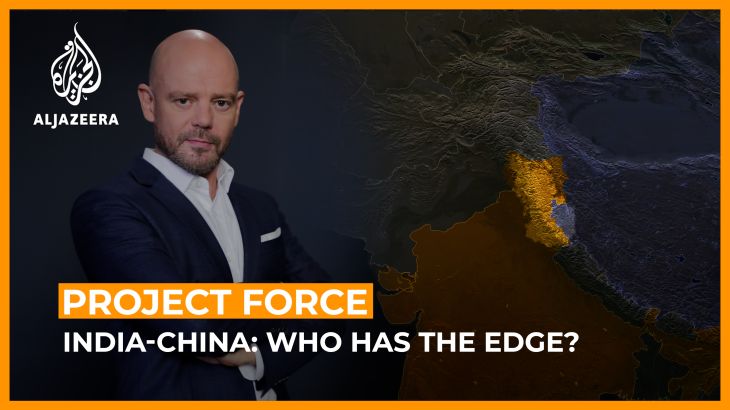
India’s strategic position has changed dramatically over the past decade. Traditionally fixated on its chief rival, Pakistan, India is now concerned about the striking and rapid modernisation of China’s armed forces.
With a weak air force that is under-strength, an army still bogged down with strategic ideas formed in the last century and a navy that looks good on paper but is being comprehensively outclassed by China’s navy, India is finally coming to terms with its own inadequacies.
Keep reading
list of 4 itemsIndia reopens famous Ladakh lake bordering China for tourism
India says China ties ‘profoundly disturbed’, on upswing with US
India launches world’s largest COVID-19 vaccination drive
After last year’s stand-off between the two countries in Ladakh, India has launched a crash programme designed to address these failings and to play to the several strengths its military does possess.
The Ladakh region is sandwiched between the Karakoram mountain range in the north and the Zanskar range to the south. Pakistan forms its western border and China is to its east. Despite the arid and rugged terrain, it has been part of the Silk Route for centuries and has been fought over at various times by the Persians, Tibetans and Russians, all to control the mountain passes vital for access and trade. India, China and Pakistan all have vested economic and strategic interests in this important region. Ladakh also borders Indian-administered Kashmir, with both Jammu and Kashmir and Ladakh having become formal parts of India in 2019.
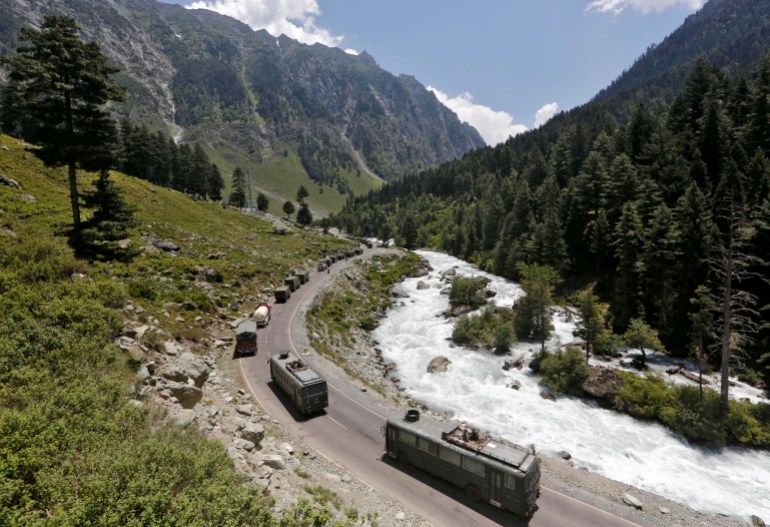
It is no surprise, then, that this region has been the flashpoint for several conflicts and the epicentre of the latest clashes between India and China.
India has significant advantages and disadvantages in any potential conflict over this vital region.
Air force in a sorry state
Bureaucracy, major procurement issues, inter-service squabbling over a shrinking defence budget and successive governments repeatedly switching the strategic focus between Pakistan and China have left the military meandering in its focus.
As the lion’s share of defence budgets has traditionally gone to the army, the Indian air force has suffered and is now seriously under-strength. At full strength, it operates with 42 squadrons, but it can currently only field 31.
Aircraft such as the MiG-21, which entered service in 1964, should have been retired years ago, but are still flying and are easy targets for any contemporary aircraft. This was brought into focus in the 2019 Kashmir stand-off when Pakistani F-16s shot down an Indian MiG-21 that had attempted to intercept them. The pilot was subsequently captured and paraded on Pakistani television, much to India’s embarrassment.
The latest skirmish with China in 2020 forced the Indian government into a crash procurement programme to shore up its air force.
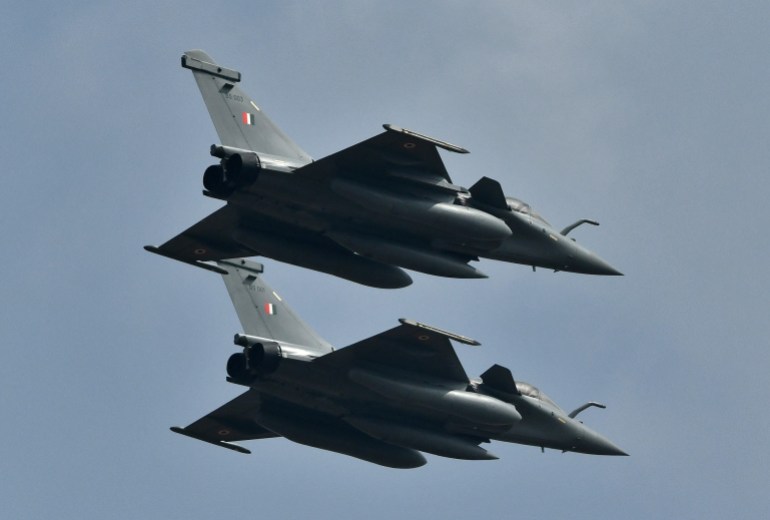
Thirty-six French multi-role Rafale fighters were already in the works, the first five of which were delivered in July last year. Twelve Sukhoi MKI-30 and 21 MiG-29 fighter jets have also been ordered – the former to be built under licence in India and the latter ordered from Russia with a whole range of other arms, especially ammunition. While some of the equipment is in stock and can be sent within the next few months, the building of dozens of advanced fighter jets will take several years.
The new Rafale fighters will help. Highly advanced and capable, they have been fitted with “cold start” engines to make it easier for them to be scrambled from freezing, high-altitude, forward bases, all positioned near the sources of any potential conflict in the north of the country.
Despite these stop-gap improvements, India’s air force remains seriously depleted. However, it is not the only service going through strategic convulsions.
Upgrading a neglected army
The army is the senior service in India’s military and has, traditionally, been armour-heavy with over 3,500 main battle tanks in its arsenal. By contrast, Pakistan fields 2,400. Most of the tanks in India’s inventory are Russian-built with over 1,000 of the modern T-90s in operation.
The attempt to build an indigenous tank – the Arjun – ended in disaster. Three decades in the making, cost overruns and massive bureaucratic delays produced a tank that is too heavy, unwieldy and prone to mechanical failure.
The army was forced by the government to buy 124 of these tanks to keep the state manufacturer happy. Despite attempted modifications, Indian defence procurers still favour Russian equipment, which is both familiar and reliable. Russia and India are in discussions for India to buy the ultra-modern T-14 Armata main battle tank in the near future.

Still mired in an older strategic style that relies heavily on armoured thrusts by mass formations of tanks, India’s defence planners have been slow to wake up to the fact that warfare is changing dramatically, along with its enemies and how they will fight. Only recently has there been deeper cooperation between the armed services and joint operations now run using cyber and space assets, along with a greater emphasis on special forces and long-range precision strike weapons.
With the downturn in its relations with China, India’s strategic position has changed sharply for the worse and its defence doctrine has not fully adapted to this change.
India still focuses on shock tactics using the Cold Start Doctrine, which proposes a short, sharp, armoured assault through the middle of Pakistan, quickly cutting the country in two, before Pakistan’s neighbours and the international community can react.
A conflict with China would be a very different matter in the savagely cold, mountainous terrain of the Himalayas, where concentrations of tanks cannot move with the same freedom. Such a war would be fought with troops specialised in high-altitude warfare, precision strike weapons and mobile artillery. Airpower would be key as would the ability to operate in bad weather at high altitude.
It’s not all bad news for India. The country possesses 21 satellites, at least half of which are for image and intelligence gathering, which helps greatly in getting a clear picture of what is happening in the battlespace, especially given that the potential area of operations would be remote and mountainous.
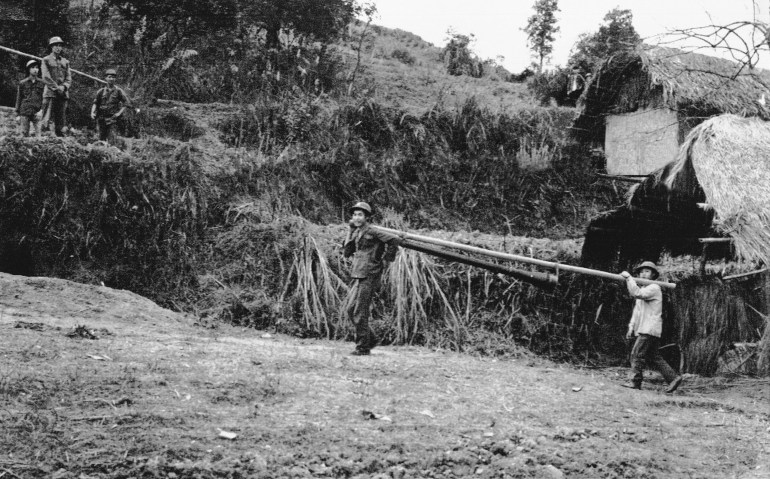
The army has some extremely well-trained units, namely the 89,500 Indo-Tibetan Border Police and other units who are locally recruited and specialise in high-altitude warfare and guerilla operations. This is in addition to the 12 mountain divisions already deployed. Furthermore, India’s army is combat-proven, having fought several wars, whereas China’s is not. The last war China fought was in 1979 when it invaded Vietnam, withdrawing after three weeks, having suffered tens of thousands of casualties.
India’s High Command is putting the lessons learned in these past conflicts into practice, like those of the high-altitude Indo-Pakistan Kargil conflict in 1998. Better cold-weather clothing for troops has been bought, intelligence gathering has been vastly improved and a joint-service defence staff set up – vital if all branches of the military are to operate in a coordinated way.
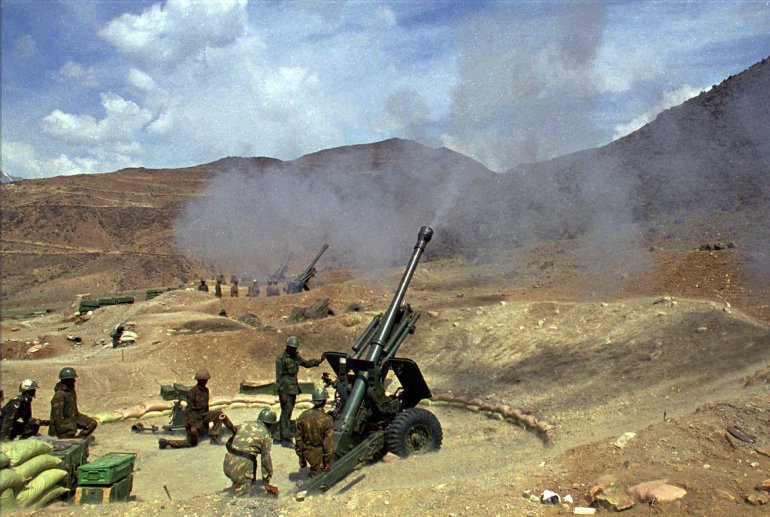
India has sought to improve its air defences – also vital, considering its air force would be outnumbered significantly by the Chinese air force, the PLAAF.
A $5.5bn deal was signed with Russia in 2018 for five S-400 squadrons of air defence missile batteries. India is also in discussions to buy more air defence units from Israel. How these various units will work with each other and be integrated into a single air defence architecture remains to be seen, but this crash arms modernisation programme could make a real difference in any coming conflict.
Reaching out diplomatically to the United States has also reaped dividends as the two countries recently signed defence agreements allowing India to use US geospatial intelligence, encrypted communications and to purchase high-end items India sorely lacks: Overland reconnaissance aircraft, attack helicopters, heavy-lift choppers and strategic transport aircraft for the swift deployment of troops to potential combat zones.
The country is also boosting its drone inventory, buying more from Israel, its chief supplier. It is also arming 90 Israeli Heron drones already in its possession and petitioning to buy at least 20 American MQ-9 Reaper Armed drones, which are able to scan large areas of terrain, send back valuable intelligence and engage potential targets on the spot if needed.
All this will help the Indian military maintain its position in Ladakh but serious challenges remain in feeding and supplying a large army in a remote region.
Warfare in the winter
For years, both China and India have been improving their roads and bridges on either side of the Line of Actual Control, the unofficial demarcation line between India and China, in an effort to be able to better re-supply their troops in the event of a conflict. China has the advantage in this, having built high-speed rail links close to the border – railways being vital for maintaining the high levels of supplies and ammunition needed for any military offensive. It has improved its road system to its border posts and laboured to build heated accommodation for its troops, with winter temperatures plunging to -30 degrees Celsius (-22 Fahrenheit).
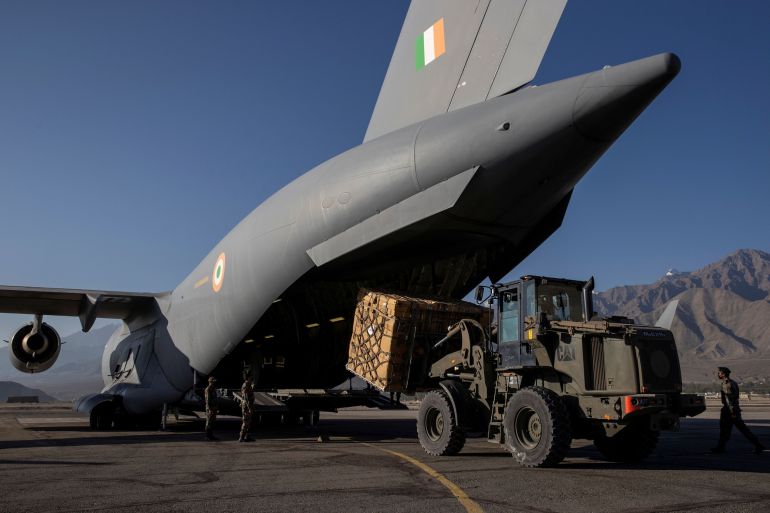
While India has sought to improve its road network in Ladakh, the mountainous terrain puts it at a disadvantage. Drinkable water is also an issue as most sources freeze and those that remain are brackish. Water supplies, therefore, have to be tortuously brought up by truck – an untenable proposition for the Indian army in an extended conflict.
India has significant experience in sub-zero, high-altitude warfare, particularly in the Siachen Glacier in northern Ladakh, and understands the serious logistical difficulties in supplying armed forces and sustaining them at that altitude. Helicopters can only carry a fraction of their load due to the thin atmosphere. The cost soars as helicopters have to fly many more missions in order to keep troops fed. This would be almost impossible to achieve with a much larger force in a high-intensity conflict, consuming far greater amounts of food and ammunition.
To get around this, the Indian army has been stockpiling military supplies, deploying an extra 50,000 troops, including a specialised, high-altitude mechanised corps – heavily armed and mobile units – to forward areas of eastern Ladakh high up on the strategically vital Depsang plains.

At 4,500 metres, right on the Line of Actual Control, the plains lie between Siachen Glacier and Aksai Chin and would be one of the focal points in any potential conflict between the two countries.
But war, once started, would not just be fought on the frigid heights of the Karakoram but also in the warm waters of the Indian Ocean, with naval power being vital in tipping the balance of any conflict between the two superpowers.
India’s navy
The Indian navy is in the middle of restructuring itself with a focus on projecting its combat power beyond its coastal waters, centring around the creation of three aircraft carrier groups and the 150 aircraft they would carry.
While this sounds impressive, it is unlikely to happen any time soon. The service has seen its share of the defence budget shrink from 18 percent in 2012 to 13 percent in 2020. It currently has just one aircraft carrier, the ex-Soviet INS Vikramaditya, with a second, the INS Vikrant entering sea trials and due to be inducted into the navy in early 2022.
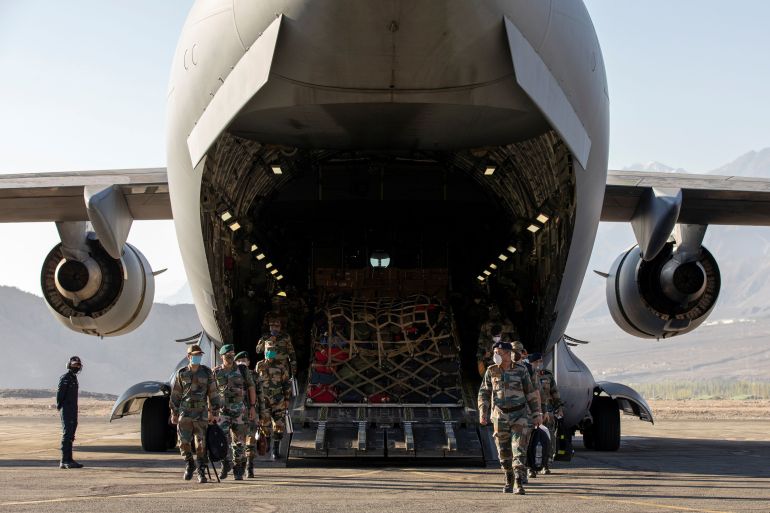
Costs for both have spiralled out of control and a third carrier – the INS Vishal – remains in the conceptual stage. There is also a growing debate in India, echoed around the world, that aircraft carriers are costly white elephants with limited use in any future conflict, in which smaller, swarmed, networked ships, drones and hypersonic missiles would be used.
China’s vast shipbuilding programme has paid off and the PLA Navy outclasses the Indian navy at every turn, having more and better conventional submarines, as well as larger and faster destroyers and corvettes (used for coastal patrols). Having also built up two aircraft carrier fleets of its own, the Chinese navy has also focused on small, fast, heavily armed and networked vessels that would form an integral part of any future battle plans.
Is the Indian Ocean Indian?
China’s main supply route into the South China Sea is through the Andaman Sea and the narrow Malacca Strait. A vulnerable choke-point for China, it has sought to protect itself and diversify its supply routes. This ties into its massive and ongoing infrastructure scheme the Belt and Road Initiative (BRI) of which Pakistan is a vital member.
The China Pakistan Economic Corridor (CPEC) has had billions of dollars of Chinese investment. Consisting of road and rail links from the port of Gwadar running all the way through Gilgit and Baltistan in the north, it will eventually join up with highways running to Kashgar in China’s Xinjiang province. This route provides a much-needed alternative to the easily disrupted choke point in the Malacca Strait, a narrow stretch of water between the Malay Peninsula and Sumatra that acts as a major shipping channel between the Pacific and Indian Oceans.
As such, China has built up massive infrastructure and port projects throughout the Indian Ocean, in Sri Lanka, Bangladesh and Pakistan. China has lost its battle for influence over the Maldives, where a pro-Indian president was recently voted in. It has secured listening posts in Myanmar and helped revamp that country’s port facilities, giving Chinese naval vessels potential ports of refuge and re-supply in a time of conflict.
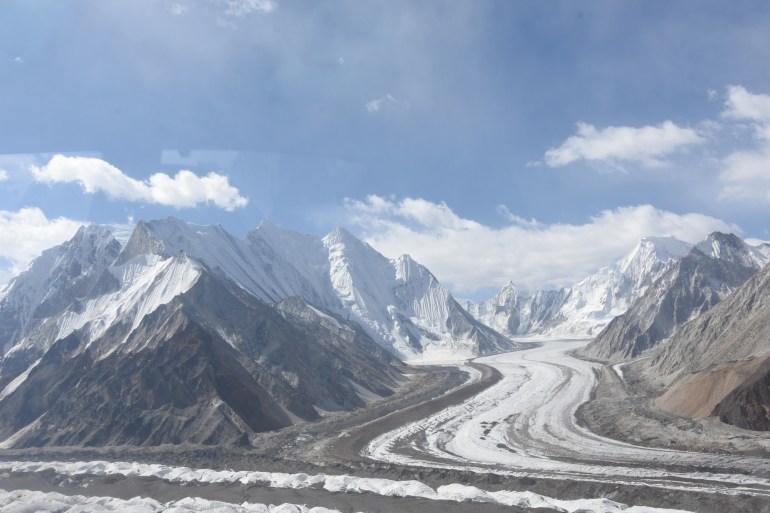
India has developed its own web of listening posts close to the Malacca strait and recently revitalised the Quad, a four-country alliance between India, Japan, Australia and the United States, all countries concerned by China’s meteoric rise to power. In November, all four countries held combined, large-scale naval exercises in the eastern Indian Ocean, with the emphasis on realistic war games and “high-end tactical training” – a clear message to China that India would have diplomatic allies should any conflict arise.
India wouldn’t be the only one with potential support from outside, however. Pakistan is deeply tied to China not just economically but also with its military. Cooperation in aircraft manufacture has led to the development of the JF-17 Thunder, a relatively low-cost yet capable fighter jet, of which 111 now serve in the Pakistan Air Force, with more on the way. Its performance record is so successful, it is now being considered for export.
Pakistan is also jointly manufacturing China’s armed drone, the Wing Loong 2, of which Pakistan has ordered 48, to be built in part at its Aeronautical Complex in Kamra.
Alarmed by increased intelligence sharing between the US and its arch-rival, India, Pakistan has also sought to further boost its defence cooperation with China. Joint exercises, already a regular event, are expected to become more regular as both militaries practise how to operate in an increasingly coordinated way.
India’s military has been eroded by a lack of focus and changing priorities.
Clashes with China and the looming spectre of possible large-scale conflict between the two countries, with the possible involvement of Pakistan, have focused India’s attention on what it needs to fight in a future war with a chance of prevailing.
The country has finally started to address the failings it has identified and begun a crash re-armament programme to redress this strategic imbalance.
It has several strengths it is playing to. Its military has extensive combat experience, it has some excellent units and the advent of new high-tech weapons, combined with information from the US’s extensive network of military satellites, will go a long way towards helping India’s military reverse its strategic malaise.
Video production and additional reporting by Adam Adada.